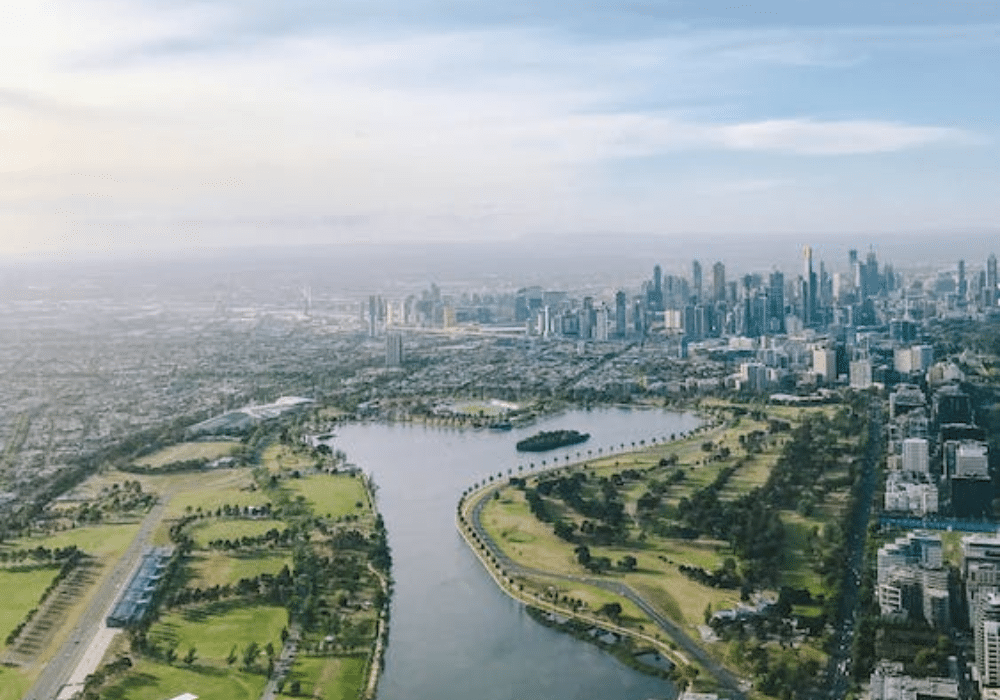Driving a circular future
Transitioning to a circular economy requires system-wide change. To facilitate this revolution, everyone must play their part, from industry and academia to community and government.
Victoria is leading the way. In 2020, the Victorian Government released its first circular economy policy.
The 10-year plan for a cleaner, greener Victoria prioritises investment in the waste and recycling systems that are needed to build a sustainable and thriving circular economy, leading to more jobs and less waste and pollution.
With the policy in place, legislation was then introduced to provide for stronger regulation of the state’s waste and recycling sector, resulting in more and better recycling, and less waste and landfill. The Circular Economy (Waste Reduction and Recycling) Act 2021 has enabled laws for Victoria’s new container deposit scheme and state-wide four-stream household waste and recycling system. Under this legislation, the government also established Recycling Victoria as a dedicated business unit to oversee and provide strategic leadership for the waste and recycling sector.
Government agency Sustainability Victoria (SV) has played an important role in delivering the state’s circular economy plan.
On behalf of the Victorian Government, SV has invested more than $93 million in circular businesses and projects, resulting in an additional 1.2 million tonnes of recycling capacity for our state. For example, a new drum pulper for paper and cardboard recycling at Visy will double their kerbside recycling capability in Victoria, diverting up to 180,000 tonnes of paper and cardboard annually from Victoria’s landfills or exports, which is the equivalent of approximately 400 Olympic swimming pools.
The Australian-first technology will also reduce energy use and carbon dioxide emissions compared to other types of pulpers. Similarly, new e-waste recycling technology at Scipher Technologies will boost both the volume of material they can process while also increasing both the quality and value of their output, reducing our reliance on virgin materials in the long term.
The circular economy depends on a robust market for recycled materials, so SV is also supporting more than 80 projects with $15.8 million to develop new products and technology to recover, produce and circulate recycled materials back into the economy, improving product supply and quality.
Thanks to one of these grants, a research team at Deakin University has designed a process to recycle low-value textile waste into pigments to colour new textiles and artwork. In addition to funding, programs like SV’s Buy Recycled Service are encouraging local councils to use recycled materials and products in their infrastructure, landscaping, parks and gardens, connecting them with suppliers and other councils that are leading the way.
Government investment in recycling and driving markets for recycled content is needed to lay the foundation for circular ways of working.
While continuing to support recycling in Victoria, SV is also turning its attention upstream.
Consumption and waste generation is growing faster than recycling capacity can be developed, so SV is shifting its focus to education and behaviour change, as well as supporting solutions that design out waste.
By promoting more sustainable consumption behaviours and investing in the design and manufacturing sectors, SV will help Victoria make ‘waste’ a thing of the past.
Join us at Circularity where we’ll take a look at what else is happening Victoria as well as other states across Australia in the circular economy space. And if you’d like to keep up to date with SV’s progress towards a circular economy, subscribe to the monthly Going Circular newsletter.
-
Stay up to date with the latest news, industry insights and ReGen updates.
- SUBSCRIBE TO REGEN

